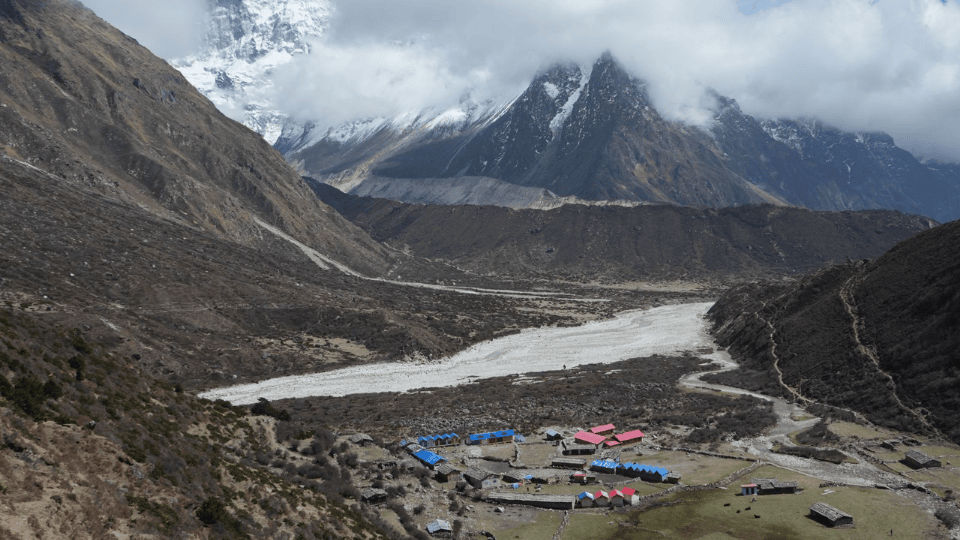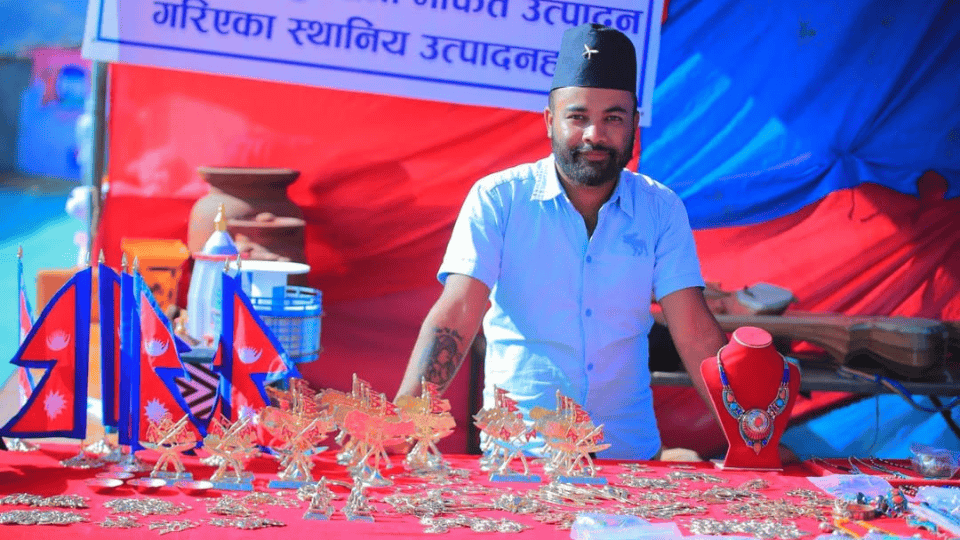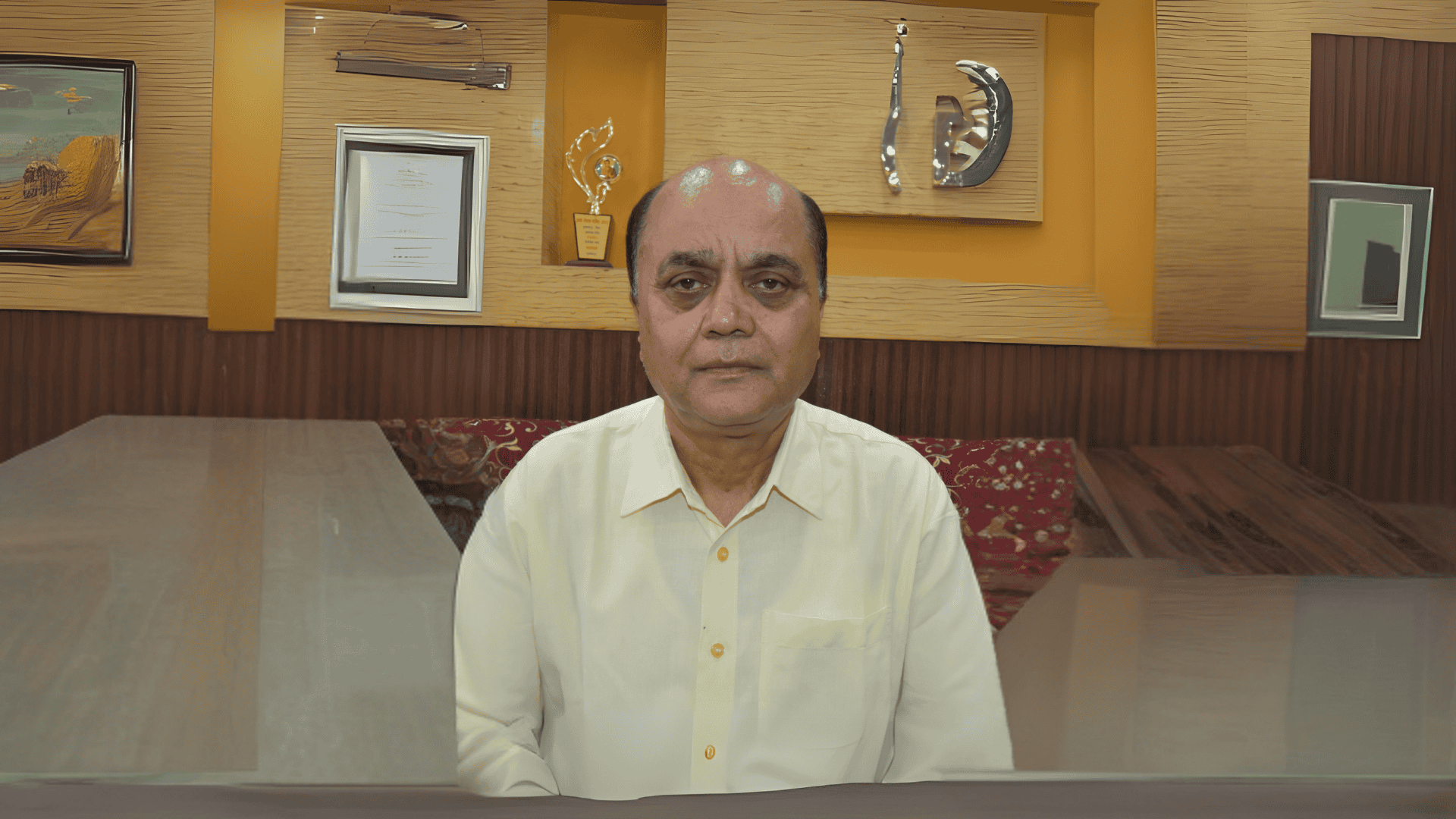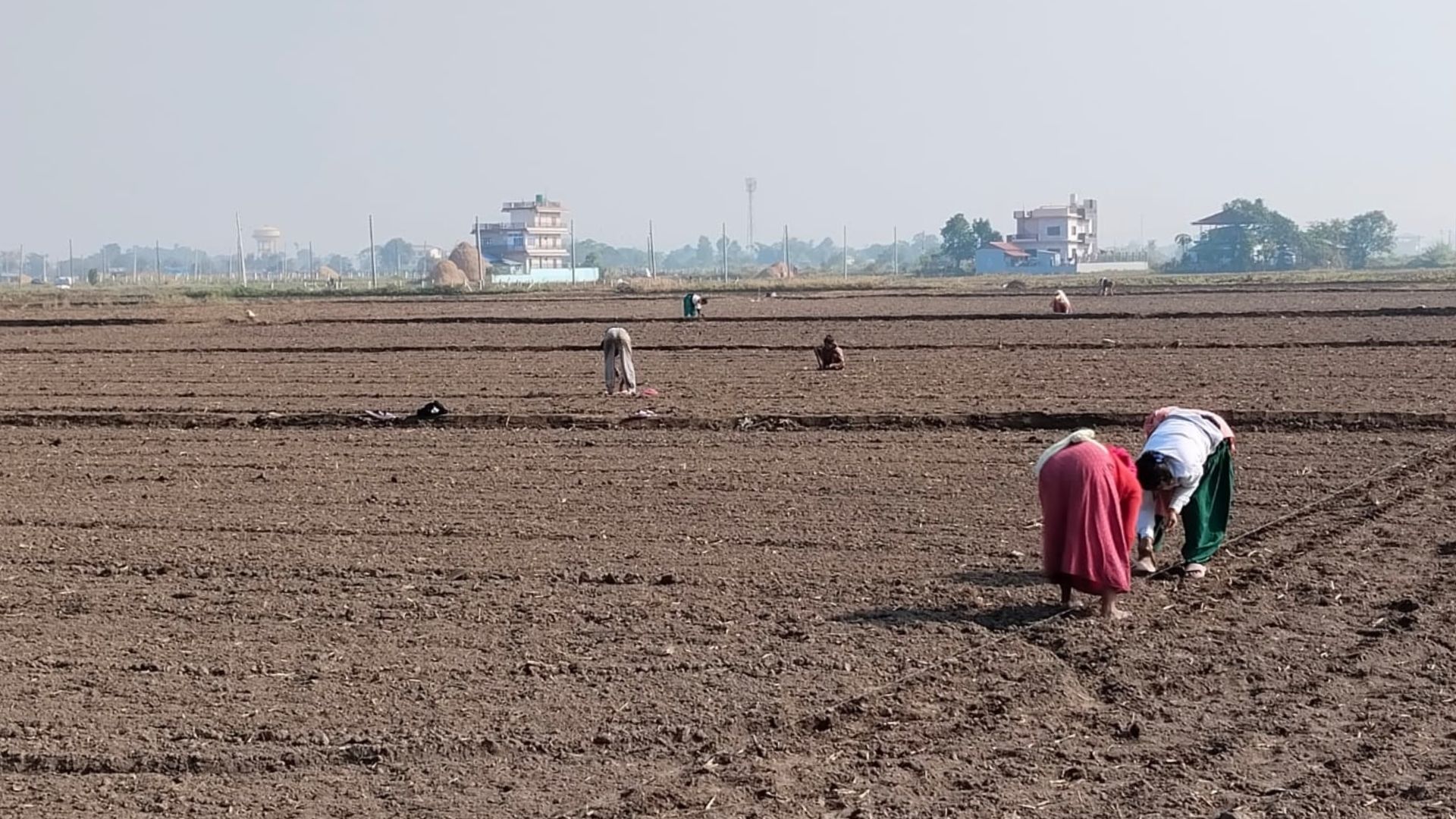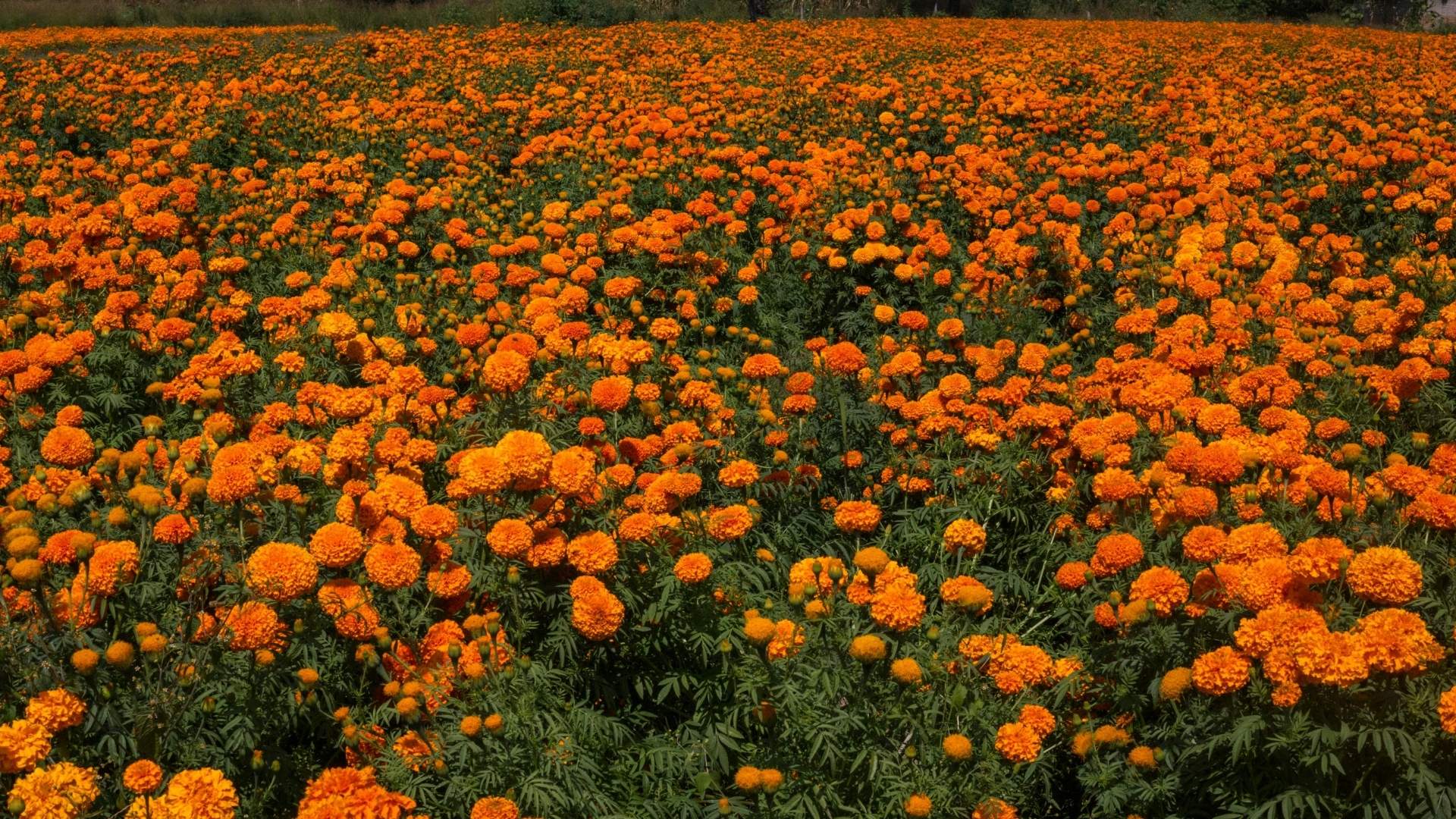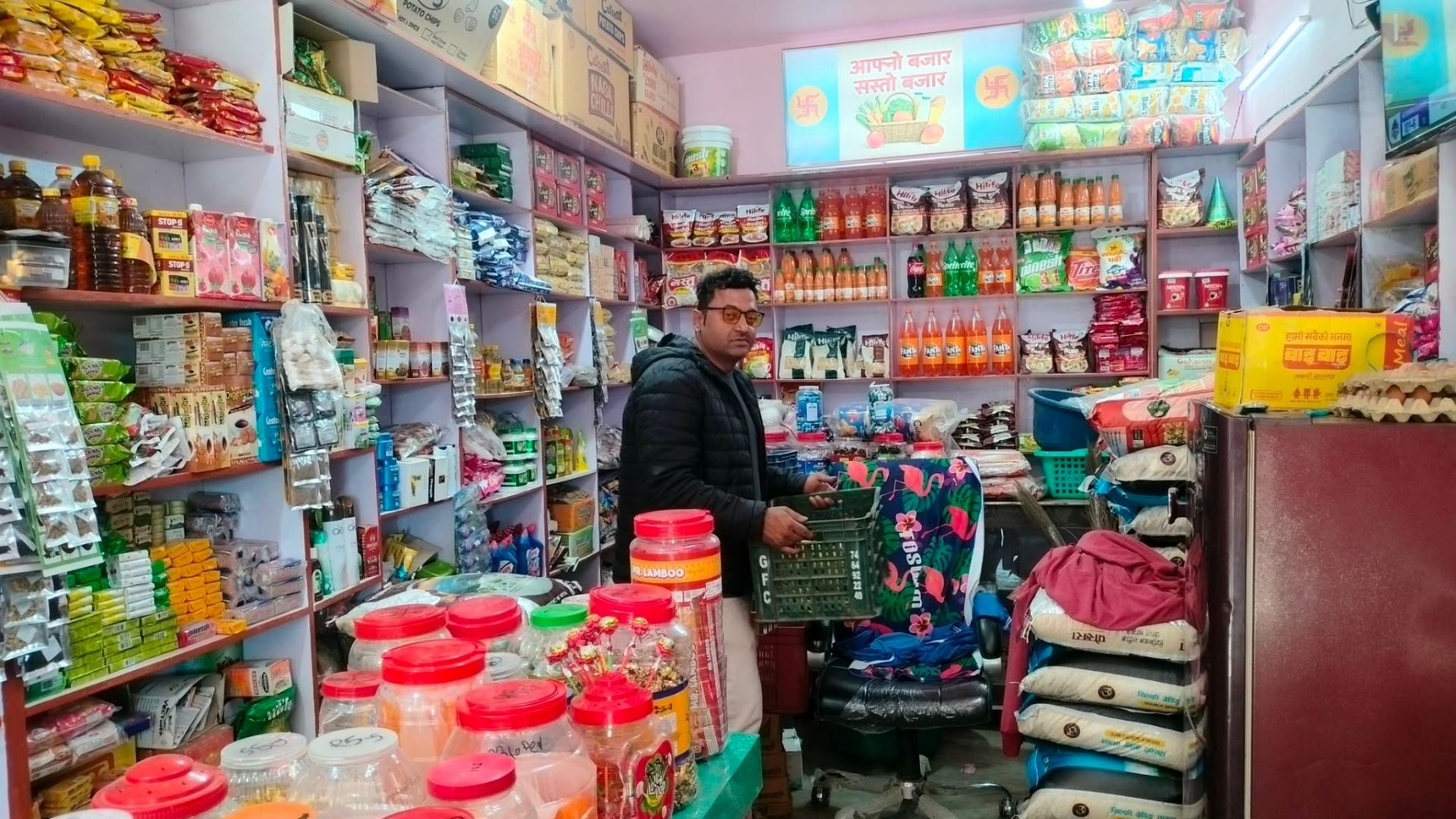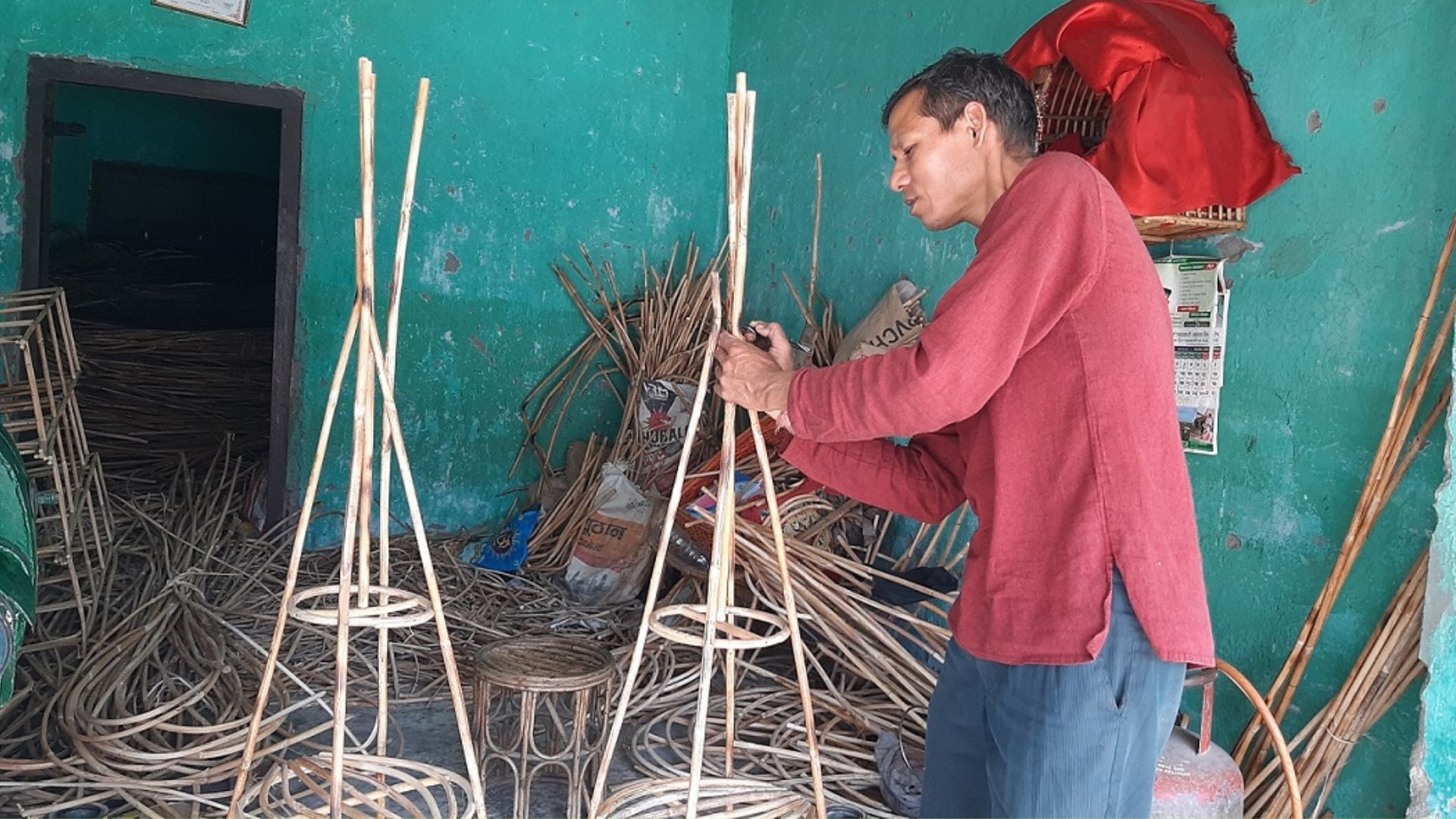Among the main trekking destinations in Taplejung district is the trek to the Kanchenjunga Base Camp. Situated in the Phaktanglung Rural Municipality of Taplejung, Mount Kanchenjunga is the third-highest peak in the world. Every year, thousands of tourists visit either to climb it or trek to its base camp.
One of the stops along this trekking route is Khambachen. Located at an altitude of 4,145 meters above sea level, Pema Chiring Sherpa has been running a hotel in Khambachen for over a decade.
Before entering the hotel business, Pema was involved in his ancestral occupation. His main sources of livelihood were farming and yak herding. “In the past, we used to plant uwa (a type of grain), gante (Tibetan) radish, and potatoes,” he says. “We would take the harvested produce to the Taplejung market via Sekathum and barter it for grains.”
Raising yaks, selling them in Tibet, and selling products made from yak milk were major occupations. But in recent years, hotels have started operating in Khambachen, he says. “It’s been 12 to 13 years since I started the hotel. We are running it to promote tourism in the Kanchenjunga area.”
Along with lodging and food services at Khambachen Guest House, they also provide yaks and horses in case someone is unable to walk. According to Pema, local guides and porters are also available.
Challenges of operating a hotel in remoteness
It takes at least four days to reach Khambachen from Taplejung for trekkers. On the first day, one can reach Sekathum by vehicle from Taplejung. On the second day, the trek starts from Sekathum to Thyangyam, then to Ghunsa on the third day, and Khambachen on the fourth.
Pema Chiring shares that running a hotel in such a high-altitude and logistically challenging area is not easy. The difficulties are due to the weather and transportation access.
Khambachen Guest House has 10 rooms that can accommodate up to 20 guests. According to him, meals are prepared based on a menu using locally available products as per orders. “It is extremely difficult to run a hotel at an altitude of about 4,000 to 5,000 meters,” he says. “The main issue is the extreme cold here. Water freezes.”
While operating a hotel in a trekking region, it’s not always possible to provide all the facilities tourists may expect. According to Pema, attaching bathrooms to rooms is problematic because the water freezes, so bathrooms are usually built outside instead of inside the rooms.
Another issue besides the weather is transportation. Pema says that all supplies used in his guest house are brought from the Taplejung market. Transportation can cost up to NPR 200 per kilogram.
“Once you run a hotel, you can’t say you’re out of stock,” he says about the difficulty of transporting goods to the hotel. “In the market, salt costs about NPR 25 to 30 per kilo. By the time it’s transported here, the cost goes up to NPR 180.”
If one owns their own yaks or mules, transportation costs can be reduced. However, Pema usually hires yaks and mules from other locals to transport goods.
Except for the potatoes grown in Khambachen, almost all materials need to be transported in, says Pema.
Watch video here:
Tourism recovering after COVID
Pema recalls that his business was affected by the global COVID-19 pandemic in 2020. He says the number of tourists had dropped to nearly zero during the pandemic. “After COVID, the numbers were basically zero. But in the past year, things have been improving.”
In the past year alone, he has seen between 300 to 400 tourists in a single season. Before that, even over a two-year period, the number hadn’t reached 400.
There are two main tourist seasons in this area every year.
According to Pema, the best time for Kanchenjunga trekking is from the second week of Falgun to the first week of Jestha. He says, “During this time, 22 species of rhododendron are in full bloom here. You can see yaks, sheep, Himalayan goats, and snow leopards. You can also observe local costumes and traditions.”
Similarly, he says the weather is also very good from Ashoj to Mangsir, making it a great time to visit. After that, due to extreme cold, it becomes inconvenient for guests.
“While it’s manageable for those of us in the hotel business, it gets quite cold for guests, and there’s a risk of altitude sickness,” Pema says. “During the heavy monsoon in Asar and Shrawan, the trails become difficult.”
Keeping tourist arrivals in mind, the hotels here remain open for about 6 to 7 months a year and remain closed for five months. “We close from the first week of Jestha till Asar and Shrawan, and again during Poush, Magh, and until the second week of Falgun,” says Pema.
Ancestral occupation fading away
Before hotels opened in the Khambachen area, almost everyone was engaged in farming and yak herding, according to Pema. Khambachen had a very different appearance then.
Pema recalls that before the hotels were built, people lived in houses made from stacks of stones. “Those houses used to have hundreds of mice inside,” he says. “I also lived in such a house. But since starting the hotel, we’ve begun constructing more polished buildings.”
At that time, some raised yaks, others goats. Locals used to raise many yaks and sell them in Tibet.
As the number of tourists in Kanchenjunga gradually increased and yak herds declined, more people started getting into the hotel business, says Pema. “The ancestral occupation of yak herding has now significantly declined.”
Pema says there’s a huge difference between yak herding and the hotel business. “In those days, there were no alternatives, so we raised yaks,” he says. “But it wasn’t particularly profitable. Even now, there are 10 to 15 snow leopards in this area. One black wolf was spotted recently. During the season, a single snow leopard can kill five to ten yaks from one household.”
For Pema, the hotel business is a more social and hospitable form of work, one that involves feeding well and treating guests with a cheerful demeanor. “Comparing the ancestral profession and this one, I find this more exciting, which is why I chose the hotel business,” he says.
A two million investment: What’s the income like?
Pema says that when he started building his hotel 13 years ago, he did so with help and materials borrowed from locals. At that time, the cost was about NPR 1 million.
Before hotels were set up, trekkers used to stay in local homes. Cooking and sleeping would all happen in the same place, Pema shares. “Guests and family members would all sleep in the same room,” he says.
Now, there are separate rooms and a dining hall. It has become much more comfortable for guests. However, setting up such a hotel also requires a lot of hard work.
“We had to bring the timber from lower regions, which increased transport costs,” he says. “Each cubic foot of timber costs NPR 400. There’s also the cost of labor. So far, around NPR 1.5 to 2 million has been invested here.”
From transport issues to unpredictable weather and the fluctuation in tourist numbers, all these factors affect hotel income in Khambachen.
When asked, “How much do you earn?” Pema says that after deducting transportation and other expenses, it’s enough to educate his children and live comfortably.
Since all consumable goods have to be brought in at high transportation costs, most of the expenses go toward that, he says.
During the main seasons, Pema even hires one person to help at the hotel. The rest of the time, he and his wife, Pema Doma Sherpa, manage the hotel themselves.
High hopes from the government
Khambachen is remote not only in terms of distance from the road but also due to a lack of communication and other infrastructure. This creates challenges in fulfilling even basic needs, says Pema. He has high expectations from the government.
“There are no proper services and facilities here,” he says. “The road is a major problem. There’s a telephone issue too. You only find a vehicle after walking three days. If the road were extended a little further, more tourists would come. Transport costs would also go down.”
He expects the government to mainly work on communication and road infrastructure. However, he says the government has not paid attention to this.
For communication, the Khambachen Guest House uses a Diamond brand phone like a satellite phone, placed in a fixed spot with an extended antenna. Even then, network signal is available only occasionally. In case of emergency, it’s very difficult to communicate, Pema shares.
Despite the challenges, he says they are providing services to make it easier for trekkers and tourists. “From here, you can see the Phaktanglung Himal, go to its base camp, or visit Nupchu Lake,” he says.
“People can stay in Khambachen itself for three or four days. Some visitors who planned to stay for three days ended up staying five after seeing how beautiful the place is.”


